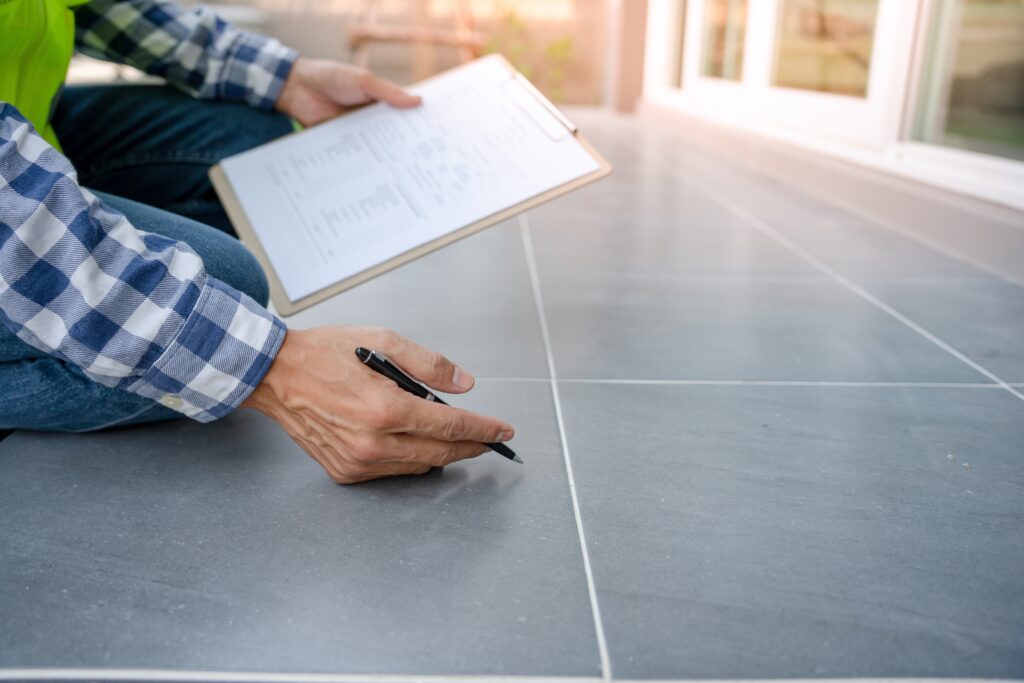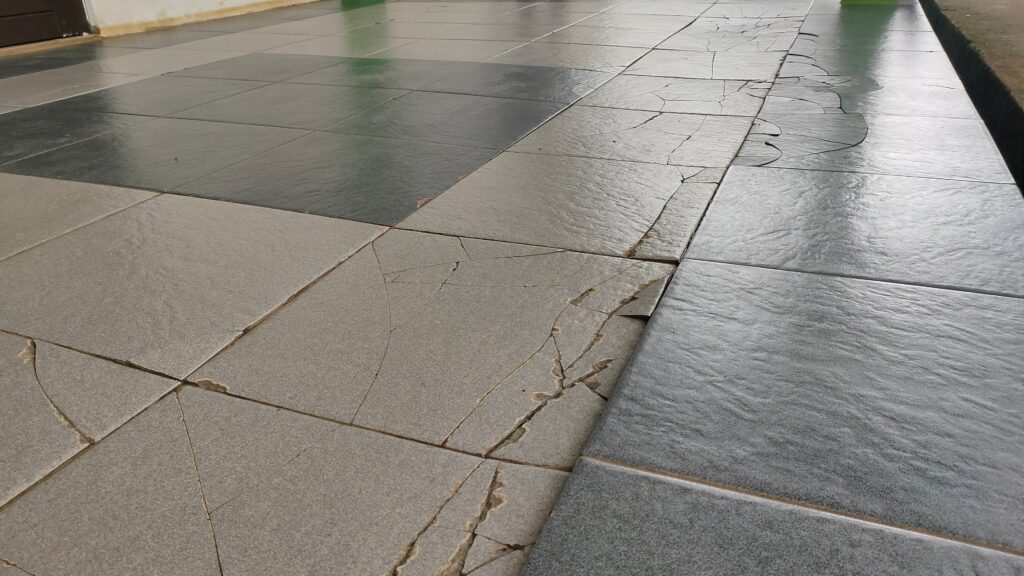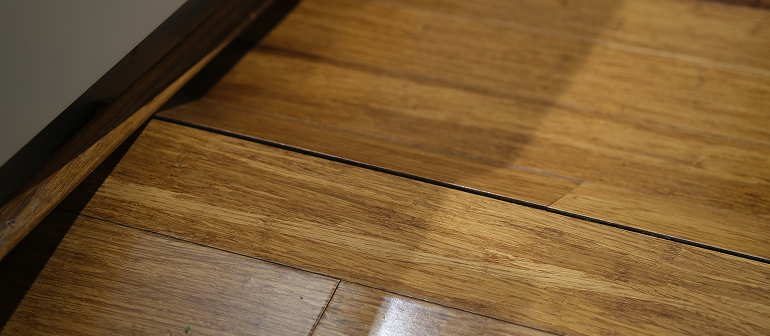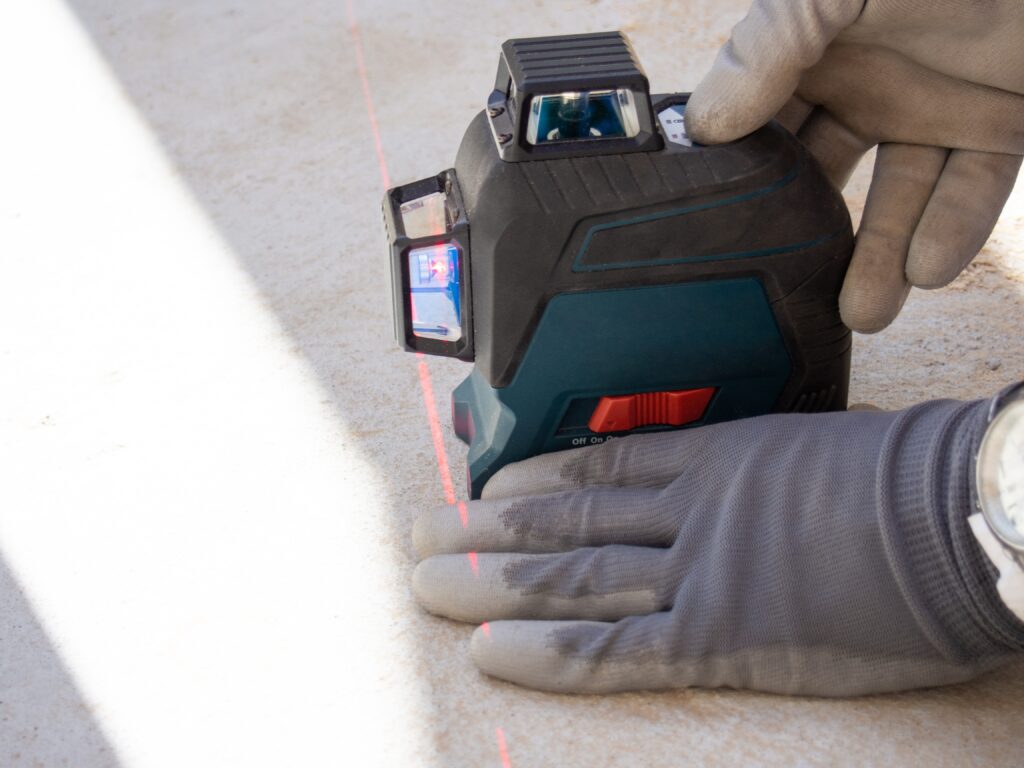Floor and foundation issues
We assess and report on a wide range of floor and foundation issues, including settlement, sloping floors, overloading and subsidence. Our Chartered Structural Engineers provide expert advice, inspections and detailed structural reports to ensure long-term stability and safety.
Conservatory settlement
The nature of construction of a conservatory can cause structural problems that may result in settlement. It may have been designed with under-engineered foundations, or there may have been historical ground movement resulting in the settlement. Cracks may be appearing where the conservatory meets the house, or you may have noticed the floor level changing inside. The doors or windows may no longer open properly and in some cases, the glass may crack or smash owing to the stresses caused by the settlement.
At Abbott Holliday Partnership, we understand the variety of causes of conservatory settlement and are best positioned to visit the conservatory in question, inspect the defect and the factors that may have caused it. We will then report back with a description of the causes and a set of recommendations for fixing the issue and restoring the structural stability of your conservatory.

Differential foundation settlement
The foundations of a building can move (or settle) in different ways. Uniform foundation settlement occurs when the entire foundation moves downwards as one rigid unit, meaning the building or structure on the foundation will also move together. The result is likely not to cause any cracking damage to the building as it is all moving in the same direction and to the same degree. Tipping settlement is similar, but the foundation tips over slightly as well as dropping downwards. This is more serious as a leaning structural element can’t provide the same degree of structural support as a vertical one.
Finally, when the structure is experiencing differential foundation settlement, different parts of the foundation settle in different directions or orientations, meaning the structure on the foundation will be subjected to additional pressures, causing cracks. One of our Chartered Structural Engineers will be able to inspect the structure, monitor any active settlement activity and, together with an analysis of the ground and geology type and an understanding of other local or environmental factors, form a conclusion of the seriousness of the settlement, the current and future impact to the structure, and a set of recommendations to assist in the resolution of the issue.
Floor loading or overloading
If you are planning a change of use in a building, which could change the loading on a floor, or if your floor structure is showing signs that it is already overloaded, please book us in to inspect the floor and its structure. We may also inspect the ground type and foundations if the cause of the defect is not immediately obvious. If required, we can then provide services to design strengthening where necessary.


Sloping floors
Where a sloping floor is observed, there could be many causes, and whatever the cause transpires to be, it may be having an adverse affect on the remaining structure in the building. It’s important to contact us as soon as possible so that we can determine the cause of the sloping and inspect the rest of the structure to determine (a) what has caused the problem and (b) if the problem is getting worse.

Underpinning surveys
We can advise on whether or not the foundations of a building need strengthening with underpinning, based on subsidence. This can be because of a leaking drain affecting the ground composition, a neighbour’s tree roots or additional loading on the foundations because of a new roof, loft conversion or environmental factors. If underpinning is required, we are able to provide precise instructions for you to use with your contractor or specialist, and advise on subsoil investigations and monitoring, so that the structure can be properly supported.

Floor slab settlement
A floor slab is different to a raft foundation, so the causes of a sloping floor slab are not necessarily the same as the causes of a sloping raft foundation, (see the description of our “differential foundation settlement” service). A sloping floor slab may occur as a result of being under-engineered at the design phase, or there may have been changes to the building or the ground. In addition to the slope, the slab may also be cracking, or falling uniformly. One of our Chartered Structural Engineers will be able to inspect the floor, the ground and the surrounding structure, investigate the foundations, monitor any active settlement activity and, together with an analysis of the ground / geology type and an understanding of other local or environmental factors, form a conclusion of the seriousness of the settlement and the current and future impact to the structure. We will also provide you with a set of recommendations to assist in the resolution of the issue.